Fukushima - The End of the West as We Know It Jeff Rense and Tim Rifat via Alien Earth.
Magnitude 5.4 quake hits central Japan, 7 injured
Radiation in Our Food Fucking Fox News via Rense. Ugh..
Even as thousands of Japanese workers struggle to contain the ongoing nuclear disaster, low levels of radiation from those power plants have been detected in foods in the United States. Milk, fruits and vegetables show trace amounts of radioactive isotopes from the Fukushima Daichi power plants, and the media appears to be paying scant attention, if any attention at all. (Really? Poor little Number One Fox News is incapable of getting this story out.. It's as if Fox was only able to Critique other media, and had no power of Dissemination of their own. Poor, poor Rupert..) It is as if the problem only involves Japan, not the vast Pacific Ocean, into which highly radioactive water has poured by the dozens of tons, and not into air currents and rainwater that carry radiation to U.S. soil and to the rest of the world. And while both Switzerland and Germany have come out against any further nuclear development, the U.S. the nuclear power industry continues as usual, with aging and crumbling power plants receiving extended operating licenses from the Nuclear Regulatory Commission, as though it can’t happen here. But it is happening here, on your dinner plate.
Troubling radiation measurement results for residents near Fukushima From IO9. Excerpts:
Recent measurements on dosimeters and urine tests have indicated that it may be time for certain residents to make some difficult decisions about leaving the area.
Fifteen residents near Fukushima have had urine tests that have revealed traces of radioactive Iodine-131. This isotope of Iodine has a half-life of 8 days, so it does not pose a long-term threat as long as it is not ingested. Inside the body, the isotope accumulates in the thyroid. After Chernobyl, many nearby victims developed thyroid cancer as a result of drinking contaminated milk. Just after the emergency at Fukushima, the Japanese government distributed iodine tablets. The tablets were of a non-radioactive isotope of iodine that was meant to saturate the thyroid and prevent any more uptake of radioactive elements. It seems that, at least in a few cases, the radioactive isotopes were not entirely blocked.
Pacific concern over radiation spread Australia Network News. This and previous via Godlike Productions.
The Pacific Disaster Centre says the revelation that the contamination from Japan's earthquake crippled nuclear power plant will be more widespread than previously thought is a big concern.
It says nuclear monitoring should be set up across the region to assess the risk.
Japan's Atomic Energy Agency says radioactive caesium leaking from the Fukushima nuclear plant will spread 4,000 kilometres through the Pacific Ocean in the next year and reach Hawaii in three years.
And finally, some good news: Just kidding! Another reactor at another plant is still in serious trouble.. Japan's 'most dangerous reactor' severely damaged, could become worse than Fukushima Natural News via Before It's News. Excerpts:
The Monju prototype fast-breeder reactor, located directly over an earthquake fault line near Tsuruga, Japan, lies on the opposite coast of Japan's crippled Fukushima plant. Last August, a 3.3-ton fuel relay device broke and fell off into the reactor's inner core, which severed access to its plutonium and uranium fuel rods. Experts have repeatedly tried to remove the device and fix the damage, but all efforts thus far have failed.
The Monju plant had also been shut down for 14 years following a massive fire in 1995, a nuclear accident that was considered to be the worst one Japan had ever seen, that is until the devastating earthquake and tsunami hit Fukushima back in March. Monju has basically been plagued with problems since it was first built, and because it is "fast-breeder" design, it has the potential to become far worse than Fukushima in the event of another major disaster.
According to Hideyuki Ban, co-director of the Citizens' Nuclear Information Center (CNIC), a Japanese nuclear public interest group, the Monju reactor uses highly deadly plutonium fuel, and even if officials do even up effectively removing the lodged fuel device and fixing the damage, restarting the plant could be catastrophic.
"Let's say they make this fix, which is very complicated," said Ban to the NYT. "The rest of the reactor remains highly dangerous. And an accident at Monju would have catastrophic consequences beyond what we are seeing at Fukushima." The plant is also located right on a major fault line, which makes the situation even more precarious.
Magnitude 5.4 quake hits central Japan, 7 injured
Radiation in Our Food Fucking Fox News via Rense. Ugh..
Even as thousands of Japanese workers struggle to contain the ongoing nuclear disaster, low levels of radiation from those power plants have been detected in foods in the United States. Milk, fruits and vegetables show trace amounts of radioactive isotopes from the Fukushima Daichi power plants, and the media appears to be paying scant attention, if any attention at all. (Really? Poor little Number One Fox News is incapable of getting this story out.. It's as if Fox was only able to Critique other media, and had no power of Dissemination of their own. Poor, poor Rupert..) It is as if the problem only involves Japan, not the vast Pacific Ocean, into which highly radioactive water has poured by the dozens of tons, and not into air currents and rainwater that carry radiation to U.S. soil and to the rest of the world. And while both Switzerland and Germany have come out against any further nuclear development, the U.S. the nuclear power industry continues as usual, with aging and crumbling power plants receiving extended operating licenses from the Nuclear Regulatory Commission, as though it can’t happen here. But it is happening here, on your dinner plate.
Troubling radiation measurement results for residents near Fukushima From IO9. Excerpts:
Recent measurements on dosimeters and urine tests have indicated that it may be time for certain residents to make some difficult decisions about leaving the area.
Fifteen residents near Fukushima have had urine tests that have revealed traces of radioactive Iodine-131. This isotope of Iodine has a half-life of 8 days, so it does not pose a long-term threat as long as it is not ingested. Inside the body, the isotope accumulates in the thyroid. After Chernobyl, many nearby victims developed thyroid cancer as a result of drinking contaminated milk. Just after the emergency at Fukushima, the Japanese government distributed iodine tablets. The tablets were of a non-radioactive isotope of iodine that was meant to saturate the thyroid and prevent any more uptake of radioactive elements. It seems that, at least in a few cases, the radioactive isotopes were not entirely blocked.
Pacific concern over radiation spread Australia Network News. This and previous via Godlike Productions.
The Pacific Disaster Centre says the revelation that the contamination from Japan's earthquake crippled nuclear power plant will be more widespread than previously thought is a big concern.
It says nuclear monitoring should be set up across the region to assess the risk.
Japan's Atomic Energy Agency says radioactive caesium leaking from the Fukushima nuclear plant will spread 4,000 kilometres through the Pacific Ocean in the next year and reach Hawaii in three years.
And finally, some good news: Just kidding! Another reactor at another plant is still in serious trouble.. Japan's 'most dangerous reactor' severely damaged, could become worse than Fukushima Natural News via Before It's News. Excerpts:
The Monju prototype fast-breeder reactor, located directly over an earthquake fault line near Tsuruga, Japan, lies on the opposite coast of Japan's crippled Fukushima plant. Last August, a 3.3-ton fuel relay device broke and fell off into the reactor's inner core, which severed access to its plutonium and uranium fuel rods. Experts have repeatedly tried to remove the device and fix the damage, but all efforts thus far have failed.
The Monju plant had also been shut down for 14 years following a massive fire in 1995, a nuclear accident that was considered to be the worst one Japan had ever seen, that is until the devastating earthquake and tsunami hit Fukushima back in March. Monju has basically been plagued with problems since it was first built, and because it is "fast-breeder" design, it has the potential to become far worse than Fukushima in the event of another major disaster.
According to Hideyuki Ban, co-director of the Citizens' Nuclear Information Center (CNIC), a Japanese nuclear public interest group, the Monju reactor uses highly deadly plutonium fuel, and even if officials do even up effectively removing the lodged fuel device and fixing the damage, restarting the plant could be catastrophic.
"Let's say they make this fix, which is very complicated," said Ban to the NYT. "The rest of the reactor remains highly dangerous. And an accident at Monju would have catastrophic consequences beyond what we are seeing at Fukushima." The plant is also located right on a major fault line, which makes the situation even more precarious.







































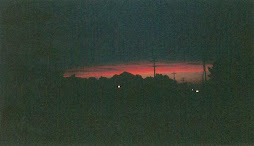





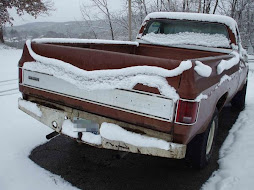

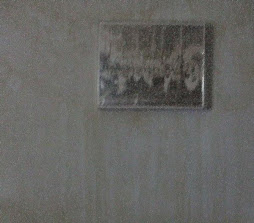





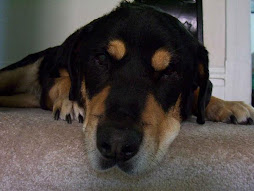
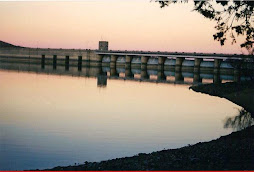







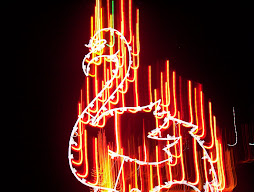




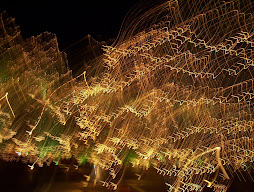

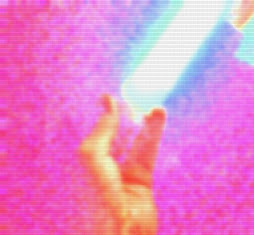

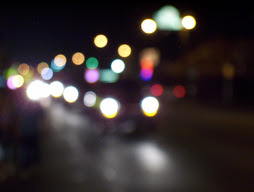

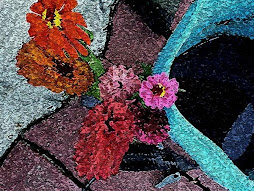





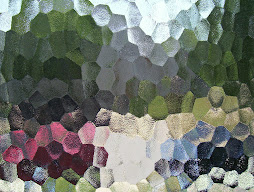
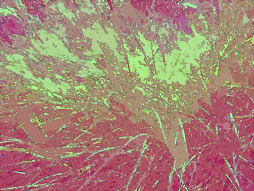
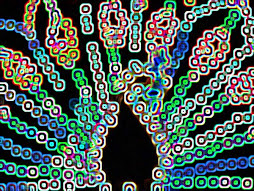









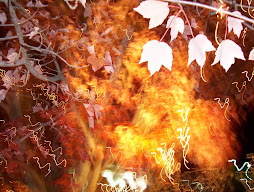

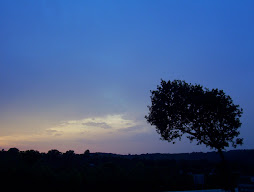
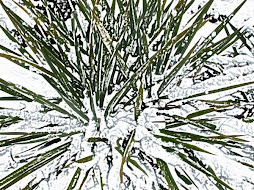






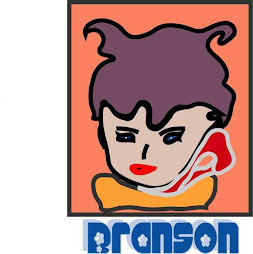
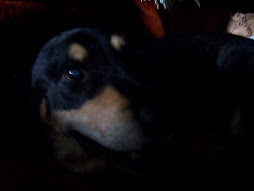


No comments:
Post a Comment